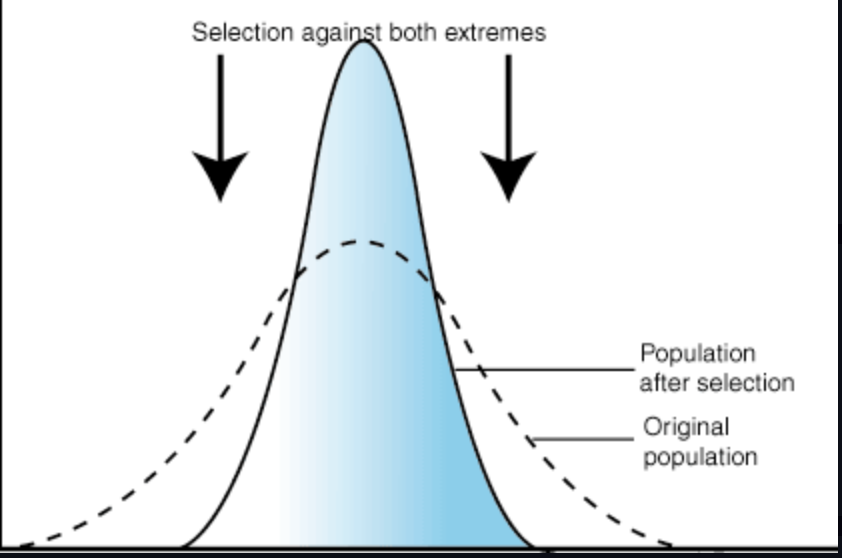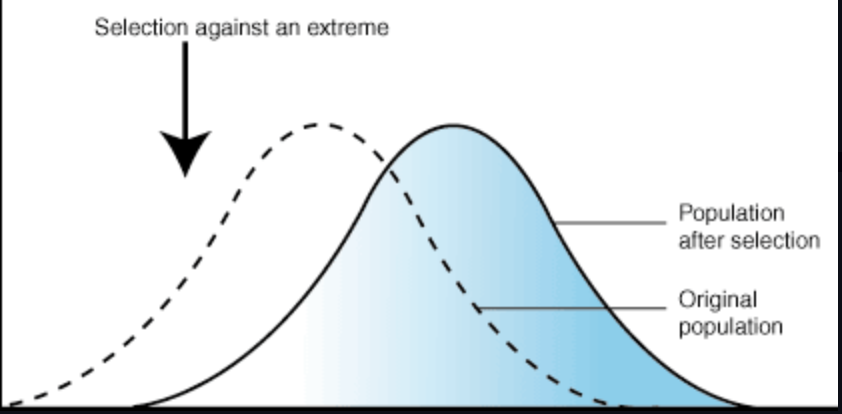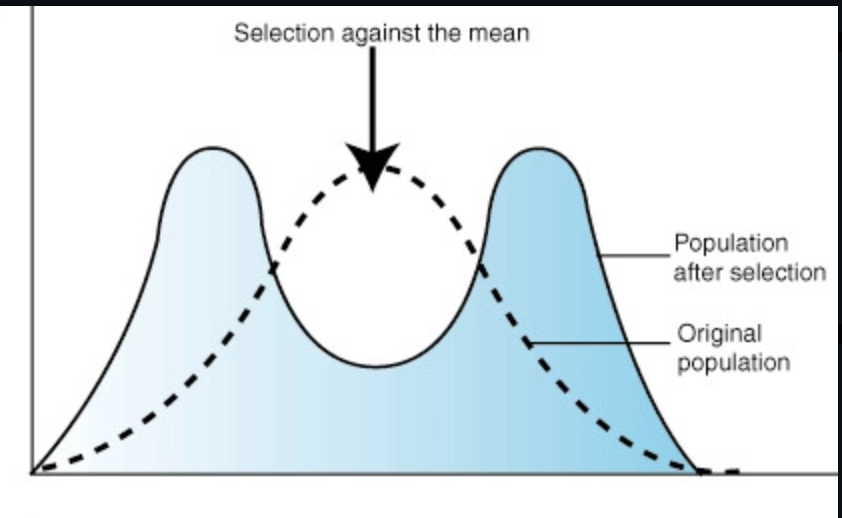evolution
5.0(1)
5.0(1)
New
Card Sorting
1/25
Study Analytics
Name | Mastery | Learn | Test | Matching | Spaced |
|---|
No study sessions yet.
26 Terms
1
New cards
* linnaeus (1735)
discovery of a creator's plan through the classification of species (natural theology)
2
New cards
hutton (1785)
profound change is the cumulative product of slow but continuous processes (gradualism)
3
New cards
malthus (1798)
if the population continues to grow unchecked, eventually we will run out of resources (population trends)
4
New cards
* lamarck (1809)
an early explanation of mechanism of evolution; 1st to come up with the idea of evolution (inheritance of acquired characteristics)
5
New cards
cuvier (1810)
the history of earth marked by floods or droughts that resulted in extension (catastrophism)
6
New cards
lyell (1830)
geologic processes have slow, constant rates through time (uniformitarianism)
7
New cards
* wallace (1858)
came up with the theory of evolution via natural section independently of darwin (natural selection & father of biogeography)
8
New cards
darwin's 8 observations
natural variation, overproduction, struggle for existence, unique organisms, survival of the fittest, change over time, decent with modification, and common descent
9
New cards
mechanisms for evolution
natural selection, gene flow, genetic drift, and mutation
10
New cards
genetic drift
rapid changes in the number and kids of genes in a small, isolated population by chance events
11
New cards
founder effect
isolated individuals set up a new population that has different gene frequencies from the parent population
12
New cards
bottleneck effect
reduction in population size affects the gene frequencies in the surviving members; common amongst endangered organisms
13
New cards
gene flow
movement of genes from the population to another (gain or loss alleles in the gene pool)
14
New cards
stabilizing natural selection
the average trait is favored so the curve narrows (birth weight, height)

15
New cards
directional natural selection
bell curve shifts in one direction, either left or right, as one extreme trait is favored

16
New cards
diversifying/disruptive natural selection
both extreme traits are favored over the average to create a curve with two peaks and a trough in the middle (lobsters)

17
New cards
choice sexual selection
competition for attention of the opposite sex; ex: bird calls and dances, roaring, matting displays
18
New cards
contest sexual selection
competition between members of the same sex for access to the other sex; ex: direct combat between males (fights determine hierarchy)
19
New cards
allopatric speciation
gene flow is prevented by geographic isolation due to the environment changing or a subset of the population
20
New cards
sympatric speciation
occurs when new species evolve while still in the same area; not very common, results from sexual selection and polypoloidy
21
New cards
reproductive isolation
the inability to exchange genes among species
22
New cards
artificial selection
humans choose the traits they determine to be advantageous or preferable (domesticating animals)
23
New cards
pre-
zygotic barriers
zygotic barriers
impede mating or hinder fertilization if mating does occur
1. habitat isolation
2. temporal isolation
3. behavioral isolation
mating attempt
4. mechanical isolation
5. gametic isolation
1. habitat isolation
2. temporal isolation
3. behavioral isolation
mating attempt
4. mechanical isolation
5. gametic isolation
24
New cards
post-
zygotic barriers
zygotic barriers
prevents a hybrid from passing on genes
1. reduced viability
2. reduced fertility
3. hybrid breakdown
1. reduced viability
2. reduced fertility
3. hybrid breakdown
25
New cards
divergent evolution
when one species evolves into two or more species with different characteristics; will see homologous structures in the species
26
New cards
convergent evolution
species that are not closely related evolve similar traits; will see analogous structures